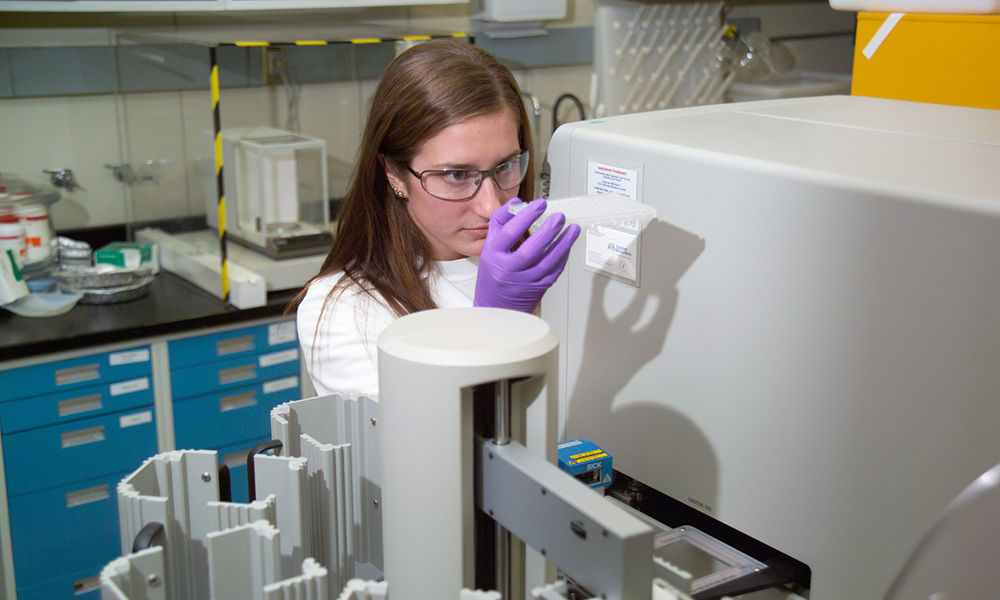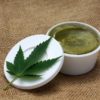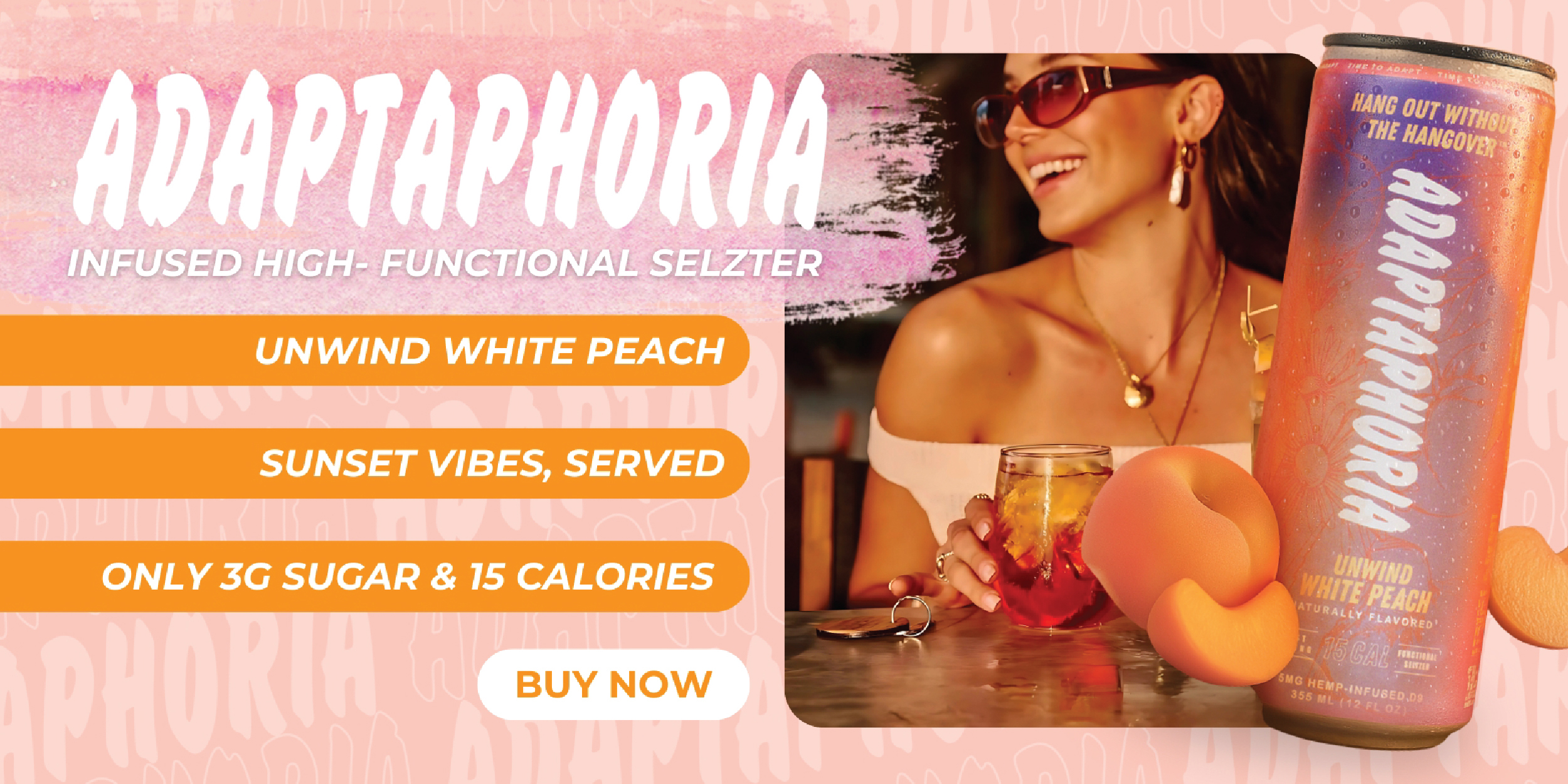
Medical
New Cannabinoid Said to be 30x Stronger Than THC
Scientists in Italy discover two new cannabinoids, THCP and CBDP.
Last week, researchers from the University of Salento in Italy discovered two new cannabinoids. The compounds have been deemed tetrahydrocannabiphorol (THCP) and cannabidiphorol (CBDP). What’s interesting about THCP is that it is apparently 30 times stronger than THC. However, nobody is yet to understand what this really means in the grand scheme of cannabis science. The only thing the ganja geeks can say for sure is that this new compound appears to be more prevalent than THC when given to mice. They also believe the presence of THCP could be what provides cannabis strains with varying effects. In other words, we have two new cannabinoids — one that may even be the real rockstar — and we still know very little about their roles or what they are capable of.
Until now, all the scientific sector has really known is that there are hundreds of cannabinoids getting down to business in the cannabis plant. It just so happens, though, that when it comes to how this plant works when providing a buzz, healing, curing or whatever it is a person needs it to do, THC and CBD have been given all the credit. Still, we have known for a long time that the presence of unsung cannabinoids, like cannabinol (CBN) and cannabigerol (CBG), are responsible for helping to produce unique effects. There is also a little something called the entourage effect, whereby all of these compounds work together in harmony to create a certain kind of magic. Yet, we have continued the course in making THC and CBD the focal point of the spiel. Scientists now believe that at least one of the new cannabinoids, THCP, could also prove to have substantial benefits.
“A number of clinical trials and a growing body of literature provide real evidence of the pharmacological potential of cannabis and cannabinoids on a wide range of disorders from sleep to anxiety, multiple sclerosis, autism and neuropathic pain,” researchers said. “In particular, being the most potent psychotropic cannabinoid, THC is the main focus of such studies.”
“THCP is endowed of an even higher binding affinity for CB1 receptor and a greater cannabimimetic activity than THC itself.”
Although the wheels might be turning in the brains of cannabis industry executives curious about whether the discovery of CBDP might provide them with a new revenue stream, scientists argue that it might not be worth it. At least not yet. It seems the compound is wonky (it doesn’t bind well to CB1 or CB2 receptors). Therefore it is not something they are interested in learning more about right away. “In our opinion, this compound should be included in the list of the main phytocannabinoids to be determined for a correct evaluation of the pharmacological effect of the cannabis extracts administered to patients,” researchers explained.
In the end, the discovery of two new cannabinoids means there is still a wealth of opportunity to learn about what makes cannabis tick. But the longer the federal government keeps trying to separate these compounds into good and bad — CBD is medicine, THC is the devil — the longer it’s going to be before anyone of us has a real understanding about what happens when we consume this plant.
TELL US, do you think you could handle a cannabinoid with 30 times of the potency of THC?






















